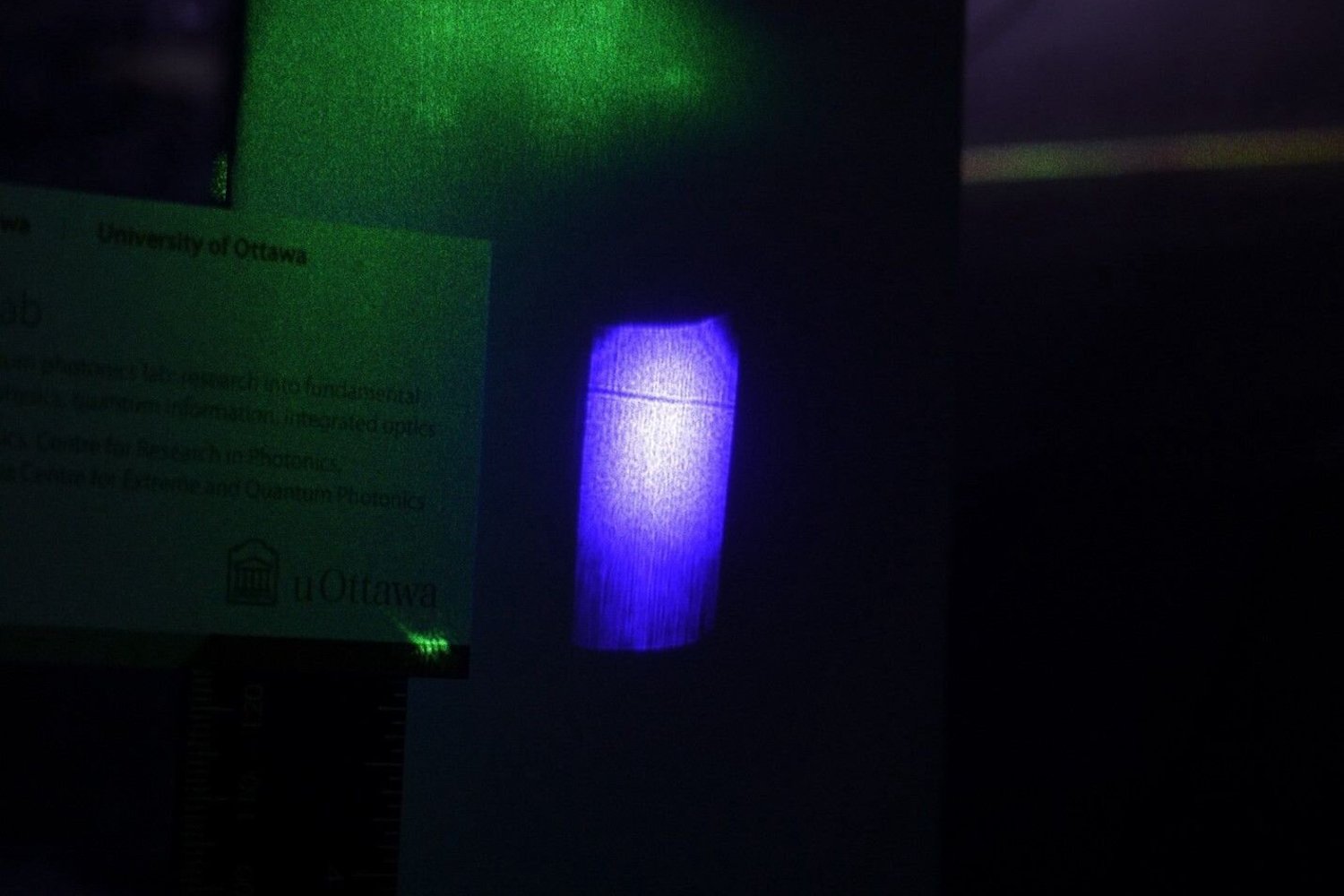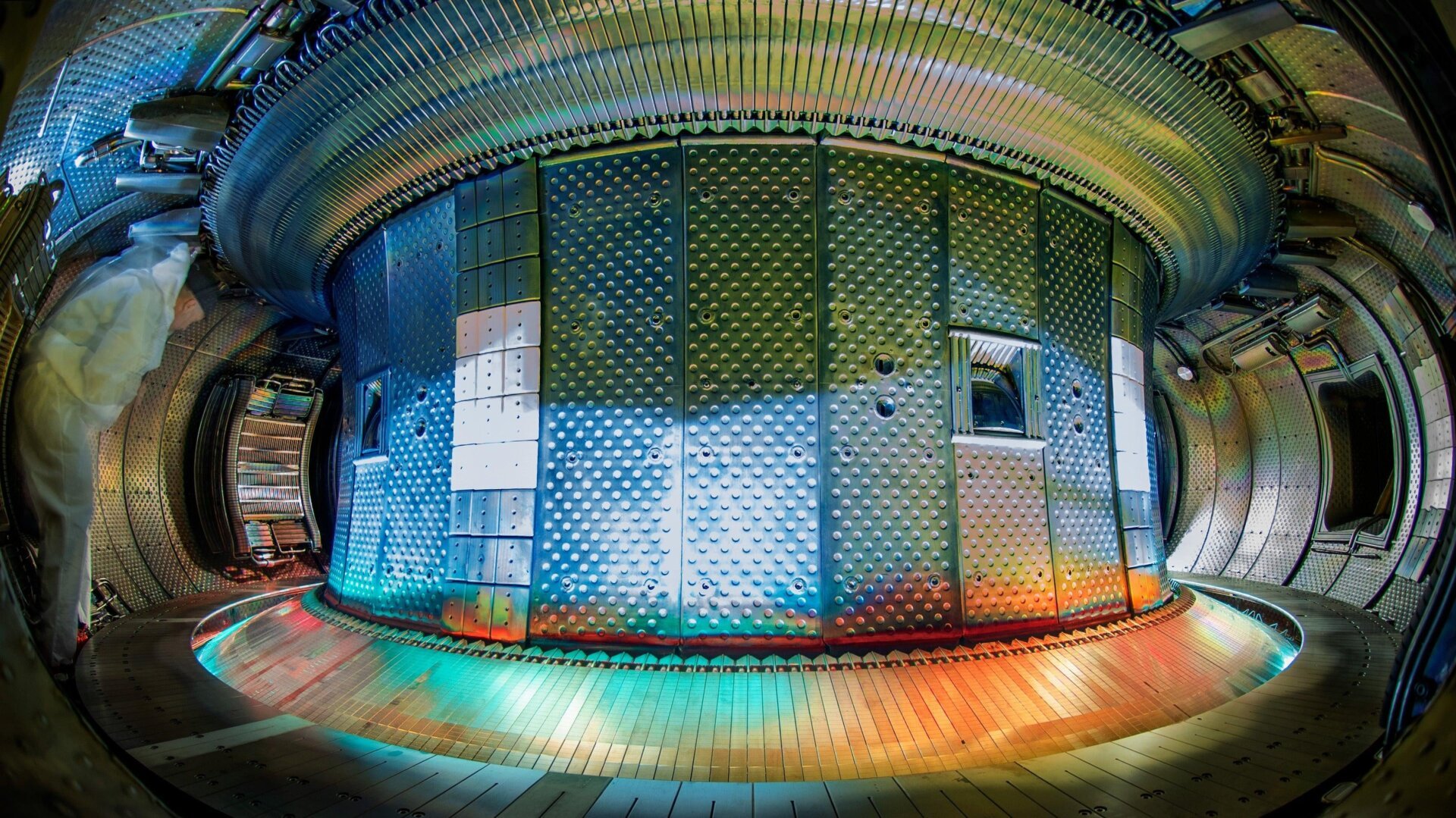The 2012 confirmation of the Higgs boson at CERN’s Large Hadron Collider (LHC) was a monumental achievement, validating a key element of the Standard Model of physics. This discovery, made possible by the LHC’s powerful superconducting magnets accelerating subatomic particles to near-light speed, has opened doors to further exploration of the universe’s fundamental building blocks. But what if there are more particles, more forces yet to be discovered, requiring even greater collision energies than the LHC can achieve? Peter McIntyre, a physicist and particle accelerator expert at Texas A&M University, proposes a revolutionary concept: a 2,000-kilometer circumference particle accelerator submerged in the Gulf of Mexico, aptly named the Collider in the Sea.
The sheer size of this proposed collider dwarfs the 27-kilometer circumference of the LHC. Why such a dramatic increase in scale? McIntyre explains that achieving higher energy collisions requires either stronger magnetic fields or a larger circumference. While researchers are pursuing advanced superconductors for stronger magnetic fields, achieving the necessary strength and geometry remains a significant technological hurdle. This challenge prompted McIntyre’s ambitious vision of utilizing the Gulf of Mexico as a natural enclosure for a massive, 2,000-kilometer ring, enabling collisions at 500 tera-electron-volts (TeV) – significantly exceeding the LHC’s 14 TeV. This leap in energy could unveil new fields of nature and potentially undiscovered particles, making it a compelling, albeit audacious, endeavor.
A particle accelerator, at its core, is a sophisticated machine designed to probe the inner workings of matter. In a hadron collider like the LHC or the proposed Collider in the Sea, the process begins with hydrogen gas. An intense radio frequency field ionizes the gas, stripping electrons from the hydrogen atoms and leaving bare protons. These protons, the fundamental building blocks of atomic nuclei, are then accelerated using electric fields. A linear accelerator (LINAC) initially boosts the protons’ energy, before they are injected into a series of progressively larger circular accelerators. Within these rings, powerful magnets guide the protons along a circular path, while radio frequency cavities provide periodic “kicks” to increase their energy further. The LHC currently represents the pinnacle of this technology, achieving the highest energy collisions ever produced.
Constructing a massive underwater ring of magnets presents unique engineering challenges. McIntyre envisions utilizing remotely operated vehicles (ROVs), standard tools in marine technology, for installation. The ring would be positioned 100 meters below the surface, avoiding interference with surface traffic and minimizing the impact of seabed topography. Marine thrusters, commonly used for vessel positioning, would maintain the ring’s stability against ocean currents. This depth also places the collider below the reach of hurricanes, further enhancing its operational resilience. While unconventional, McIntyre’s proposal has yet to encounter any insurmountable technical obstacles from experts in the field.
The estimated cost for the Collider in the Sea is a substantial $20-30 billion, comparable to the total global investment in high-energy physics to date. While this figure is significant, McIntyre argues it remains within a reasonable range. However, securing funding for such a project will undoubtedly be a major undertaking, requiring substantial buy-in from government agencies and the scientific community.
Despite the lack of guaranteed discoveries, McIntyre emphasizes the fundamental importance of pushing the boundaries of scientific knowledge. He draws parallels to Ernest Rutherford’s groundbreaking experiments that revealed the atomic nucleus, a discovery initially deemed “terribly amusing” but ultimately revolutionized modern technology. Similarly, the Collider in the Sea, while a high-stakes gamble, holds the potential to unlock profound insights into the universe’s fundamental structure, with unforeseen implications for future technologies and our understanding of the cosmos.
While McIntyre remains hopeful, he acknowledges the uncertainty surrounding potential discoveries. However, he believes that the potential rewards of uncovering new particles or forces of nature far outweigh the risks, justifying the significant investment in a project of this magnitude. The Collider in the Sea, a bold and ambitious vision, represents a potential next step in humanity’s quest to unravel the mysteries of the universe.











